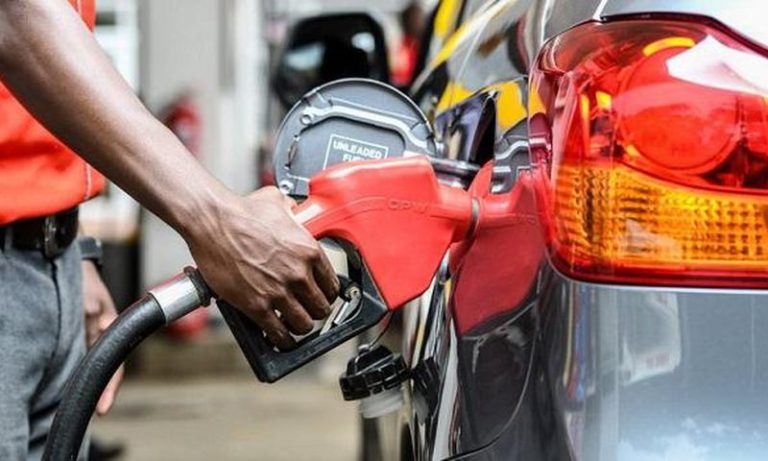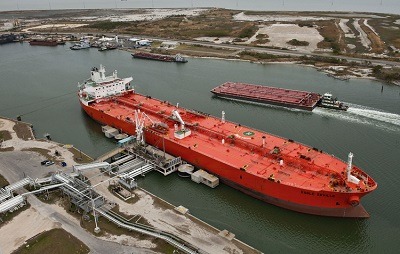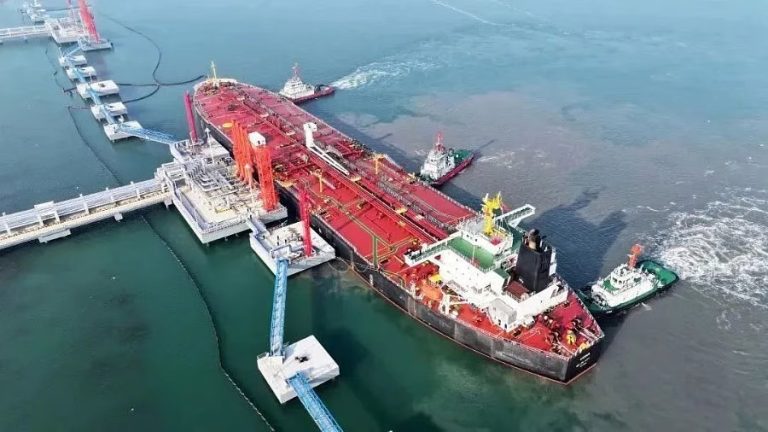LONDON/HOUSTON (Reuters) – Fuel exports from the U.S. Gulf Coast have surged as refineries recover from weeks of disruptions due to Hurricane Harvey, offering respite to buyers in Latin America and Europe.
The gradual resumption of operations in the region that has become a major oil export hub has prompted a drop on both sides of the Atlantic in benchmark gasoline and diesel refining margins, which measure profit from converting crude into fuels.
Mexico’s state-run oil company Pemex bought gasoline from U.S. Gulf Coast suppliers this week, according to shipping data, after sourcing dozens of cargoes from Europe, the Middle East, the Caribbean, the U.S. East Coast and Asia through the month.
Mexico, which imports half of its gasoline, typically buys two cargoes of the fuel per day, mostly from the U.S. Gulf Coast.
U.S. outages came at a difficult time for Mexico as one of its refineries, the 190,000-barrel-per-day Ciudad Madero, was undergoing maintenance. Pemex’s largest refinery, the 330,000-bpd Salina Cruz, was also halted after an earthquake damaged its electric system.
Salina Cruz was expected to restart by the third week of October, Pemex said on Wednesday, adding that it has enough inventories of gasoline and diesel for the domestic market.
“The fuel supply is very complicated for Mexico right now. Two refineries are completely halted and several Texas ports are working with restrictions, so Pemex is looking for cargoes everywhere,” a trader exporting U.S. diesel to Mexico said.
Similarly, diesel and gasoline exports from the Gulf Coast to Brazil were slowly recovering. Also, shipping data showed that about 10 tankers carrying U.S. diesel have also been booked to sail to Europe this week.
That followed around three weeks of almost no activity on the transatlantic route, a vital source of supply for Europe.
“Slowly but surely exports from the U.S. Gulf are coming back as more refining capacity returns,” a European trader said.
U.S. refineries increased crude runs last week by 1 million bpd to 88.6 percent of total capacity, the highest rate since Harvey hit on Aug. 25, according to weekly data from the Energy Information Administration (EIA). [EIA/S]
Harvey knocked out more than 4 million bpd of U.S. refining, nearly a quarter of its total capacity.
Several refineries are still starting up, including Motiva Enterprises’ [MOTIV.UL] 603,000 bpd plant in Port Arthur, Texas, the country’s biggest.
While product refining margins come under pressure, strong overseas demand is expected to support Gulf Coast refining profits.
The discount of U.S. crude prices to the global Brent benchmark widened in the wake of the storm, meaning U.S. refiners currently enjoy higher profit margins than those in Europe.
The U.S. Gulf Coast has in recent years become a major refined product export hub, shipping nearly 2.7 million bpd of gasoline, diesel and other fuels in May this year, according to the EIA.
The sharp drop in U.S. exports disrupted many established trade routes, forcing traders around the world to source supplies from different markets, particularly Europe, which relies heavily on diesel imports.
As a result, European diesel stocks are expected to slide in the coming weeks. Brazil and Mexico imported unprecedented volumes of diesel and gasoline from Europe as well as from Asia in recent weeks.
–
Source: Reuters





